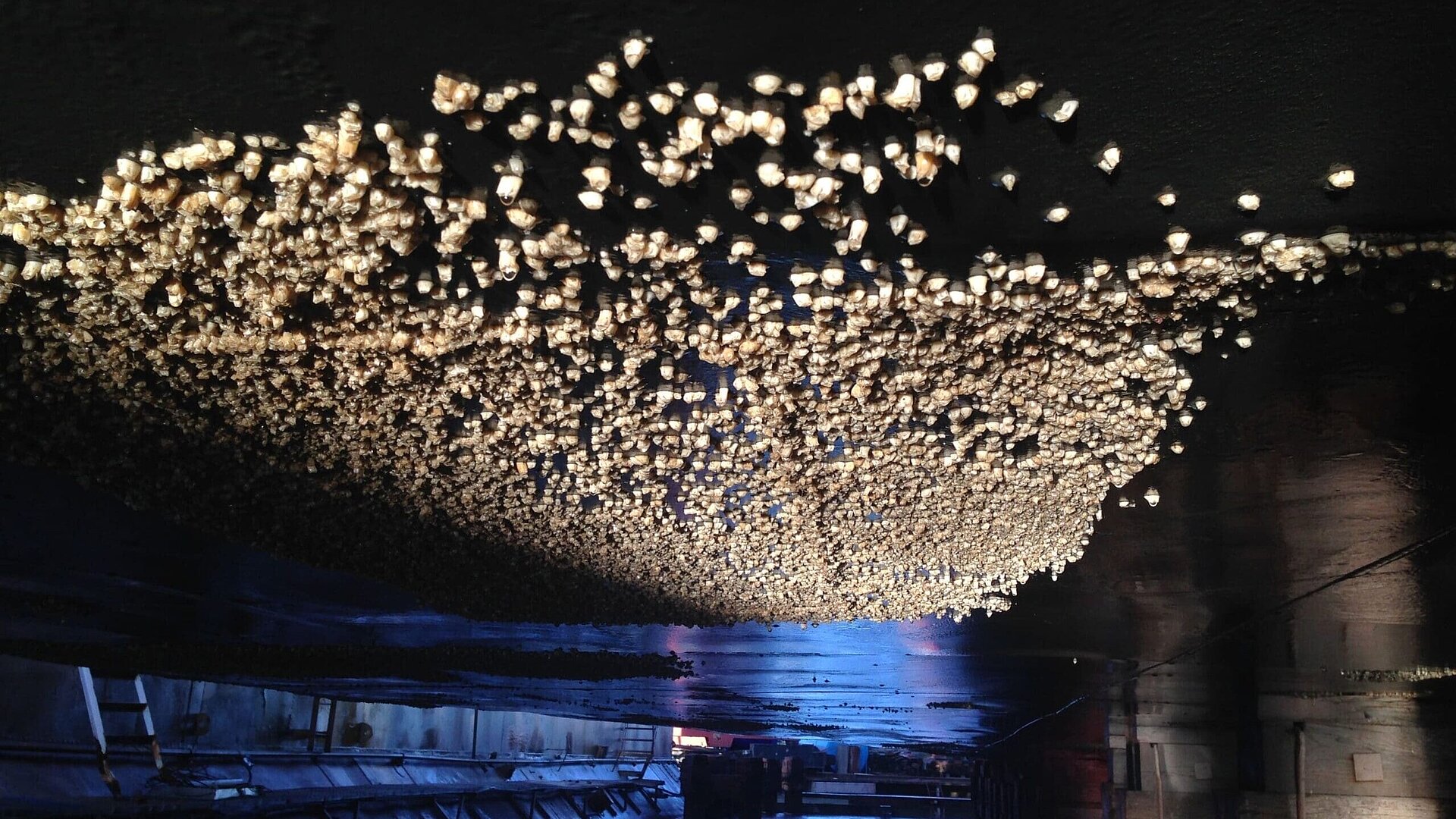
Barnacle biofouling threatens shipping industry’s decarbonisation efforts, study finds

Maintaining speed with barnacle fouling can require up to 30% additional power (Source: Selektope.com)
A new study by antifouling technology developer I-Tech has revealed that barnacle biofouling is significantly hindering the shipping industry’s efforts to cut emissions. The report, “How much could barnacles limit shipping’s decarbonisation?”, is based on hull inspections of 685 vessels conducted between 2015 and 2025.
The findings show that as much as a third of the 685 surveyed ships arrived in drydock with barnacles covering more than 10% of their hulls, with over 20% of vessels exhibiting barnacle growth on more than one fifth of their underwater surface. Only 140 ships showed minimal fouling at under 0.1%.
Tankers were the worst affected, with almost 90% showing biofouling, compared with around 70% of car carriers and container ships. Lower activity vessels and flat-bottom hull areas were found to be particularly vulnerable.
The presence of barnacles significantly increases drag, raising fuel consumption and emissions. In some cases, maintaining speed required 36% more shaft power. Extrapolating from earlier data, this level of fouling could result in at least 110 million tonnes of extra CO₂ emissions annually and USD 15 billion in additional fuel costs.
I-Tech, which manufactures Selektope coatings, recommends careful antifouling coating selection, especially for vessels at risk of long idle times, to combat the growing environmental and economic challenge of fouling.
